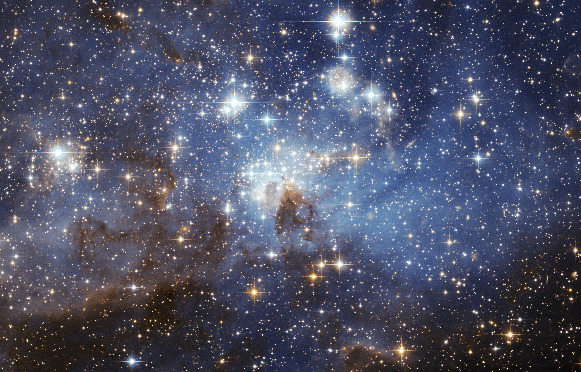Zwicky's Stellar Sleuths
Please leave us your feedback using this short Google form: https://forms.gle/E1o364SiohgZHt8Z8

You can do real research by clicking to get started here!
Zooniverse Talk
Chat with the research team and other volunteers!
Zwicky's Stellar Sleuths Statistics
View more statsKeep track of the progress you and your fellow volunteers have made on this project.
Every click counts! Join Zwicky's Stellar Sleuths's community to complete this project and help researchers produce important results. Click "View more stats" to see even more stats.
Percent completeBy the numbers
Message from the researcher
For the past two years I have looked at thousands of light curves searching for rare R Coronae Borealis and FU Orionis type stars. Hopefully, with your help and classifications, we can discover one of these rarities in the data!
Zwicky's Stellar SleuthsAbout Zwicky's Stellar Sleuths
How far away are distant galaxies? How do stars and galaxies form? Many important questions about space can be answered by variable stars. The challenge is correctly identifying them.
Astronomical variables exhibit a complex range of behaviors, meaning the human eye and brain is superior to machines at recognizing these patterns. We have now discovered many thousands of variables, which is why we NEED YOUR HELP. Our hope is to eventually create a large enough set of variable classifications to train a machine learning classification algorithm to supplement your efforts.
Why would we want to do this? Because the Legacy Survey of Space and Time (LSST), conducted by the Vera C. Rubin Observatory, a new facility atop Cerro Pachón in northern Chile, will revolutionize our study of the cosmos. LSST will image the entire southern sky every 3 days, and, over the course of 10 years, observe every visible star and galaxy more than 1000 times. This will lead to the discovery of tens of millions of variable sources.
As we characterize these sources, for example as having repeated, periodic variations or explosive cataclysmic events, we can learn detailed properties about a star such as it's structure, composition, and age. Zwicky's Stellar Sleuths will help us find and classify these stars to enable further research which makes use of their individual characteristics.